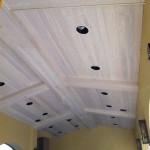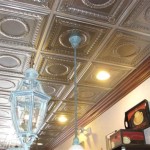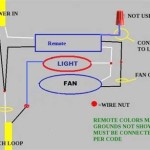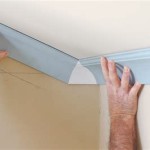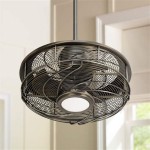Popcorn ceilings, or acoustic ceilings, were once a popular design feature in homes built in the 1970s and 1980s. The textured look was meant to hide imperfections in the ceiling, but it can now look dated, drab, and outdated. Removing popcorn ceilings is a messy and labor-intensive job, but it can be done with the right tools and a bit of patience. Here’s a step-by-step guide for taking down your popcorn ceiling.
Step 1: Prepare the Room
Before you start taking down your popcorn ceiling, you need to make sure that the room is properly prepared. Move any furniture out of the room and cover everything else with plastic sheeting or a drop cloth. Make sure that the floor is protected, since water and debris will be falling from the ceiling. You should also cover vents and windows with plastic, and turn off all the power in the room.
Step 2: Get Your Tools and Supplies
To take down your popcorn ceiling, you will need a few tools and supplies. This includes:
- Drop cloths
- Tarp
- Dust masks
- Safety glasses
- Scraper
- Putty knife
- Spray bottle
- Drywall knife
- Sandpaper
- Stir sticks
- Bucket
- Joint compound
Step 3: Spray the Ceiling with Water
Once you have all the tools and supplies you need, you can start taking down your popcorn ceiling. Start by spraying the ceiling with water. This will soften the texture and make it easier to scrape off. You may need to spray the ceiling multiple times in order to get it soft enough to scrape. Be sure to use a spray bottle with a fine mist setting, so you don’t oversaturate the ceiling.
Step 4: Scrape off the Texture
Once the popcorn ceiling is soft, you can start scraping it off with a putty knife or a drywall knife. Be sure to wear safety glasses and a dust mask, since the dust and debris can be dangerous. Scrape the ceiling in sections, starting at the top and working your way down. As you scrape, the popcorn texture should easily come off in small chunks.
Step 5: Sand the Ceiling
Once you have scraped off all the texture, you need to sand the ceiling. This will help to smooth out any remaining bumps or imperfections. Use a medium-grit sandpaper and sand the entire ceiling in a circular motion. Make sure to wear a dust mask and safety glasses while you’re sanding.
Step 6: Apply Joint Compound
After you’ve sanded the ceiling, you need to apply a thin layer of joint compound. This will help to fill in any cracks or holes in the ceiling. Mix the joint compound according to the instructions on the package. Use a stir stick to mix it until it’s a smooth, creamy consistency. Then use a drywall knife to spread the joint compound evenly over the ceiling.
Step 7: Let the Joint Compound Dry
Once the joint compound is applied, let it dry for at least 24 hours. Then you can sand the ceiling one last time to make sure it’s smooth. Once it’s smooth, you’re ready to paint the ceiling or install a new texture. And with that, you’ve successfully taken down your popcorn ceiling!











![Top 8 Questions Answered About Popcorn Ceiling Removal [2023] Drywall Repair, Popcorn removal](https://i2.wp.com/melbournedrywallrepair.com/wp-content/uploads/2021/05/PopcornCeilingRemoval-1024x682.jpeg)



Related Posts


